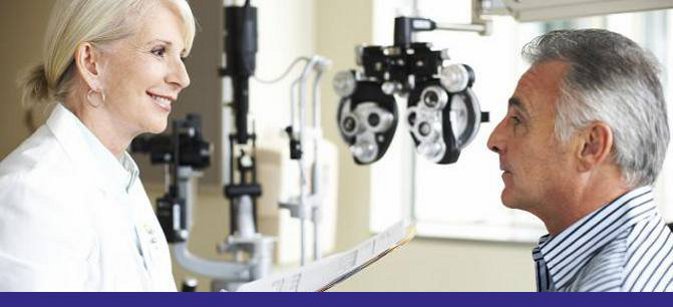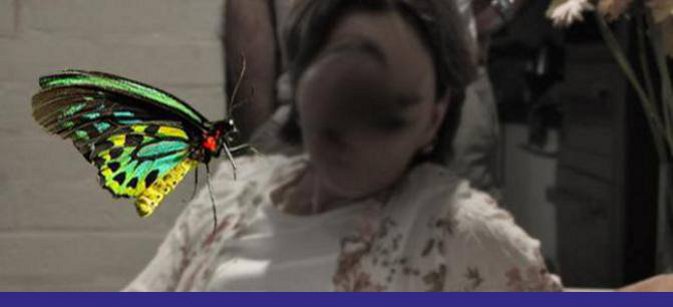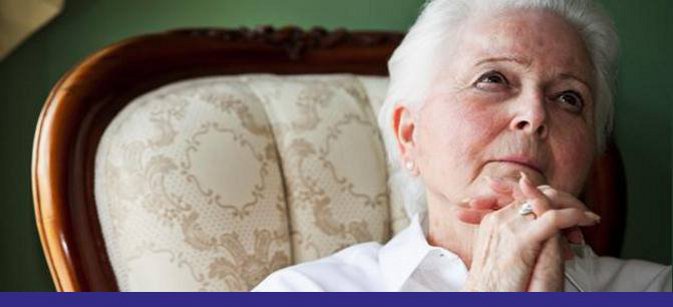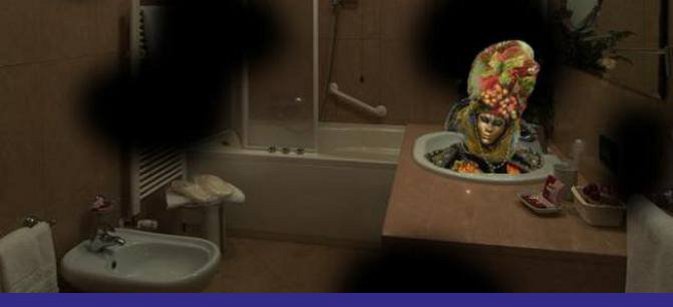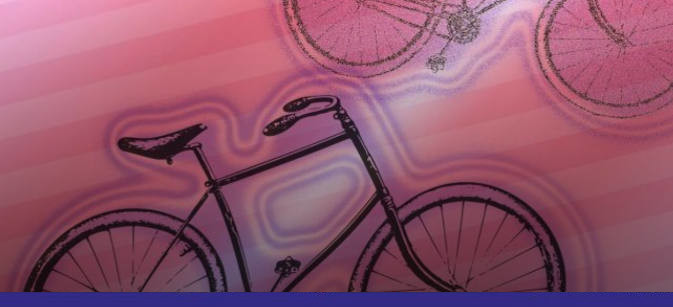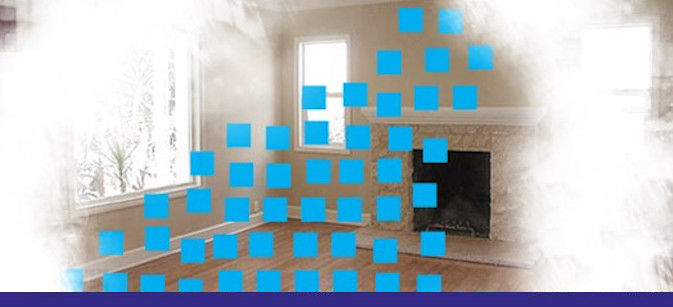Health professionals' tool kit
When a patient or client reports visual hallucinations (phantom imagery), one can readily assume a psychiatric or neuro-degenerative aetiology. That is, that something clinically sinister is at play. However, Charles Bonnet syndrome (CBS) is another plausible explanation that warrants consideration.
CBS belongs to a rare club: namely, visual hallucinations occurring in sane people. The reasoning faculties typically remain intact even though the affected person may exhibit anxiousness regarding their peculiar symptoms and its possible clinical implications.
Bonnet syndrome is commonly linked to some form of visual pathology (eg. macular degeneration, glaucoma, cataracts, diabetic retinopathy). It is currently estimated that ~40% of those who acquire moderate to significant vision loss will develop CBS.
CBS is typically not associated with mental illness or cognitive decline. Indeed, the CBS-affected person normally performs very well on the Mini-Mental Status Examination (MMSE) but please make allowance for the few MMSE tasks that are dependent on vision.
Unfortunately, CBS is often loosely reduced to anyone who is 'seeing things' and has some form of vision impairment. Yet this overlooks a crucial third part of the CBS triad: namely, the person is quickly able to discern that what they 'see' is not truly there. This is known as insight and is often the linchpin of the CBS diagnosis. Hence,
If a patient / client:
- Is known to have some form of eye disease [or visual pathway lesion]
- Presents with the symptom of repeated phantom imagery in their visual field
Then it may be advisable to ascertain whether they meet the following additional criteria:
- Patient has insight into the unreality of what they 'see'
- No noticeable evidence of cognitive or memory decline
- Phantom images do not extend to other sense modalities
If the patient is found to meet the above requirements and other conditions that could elicit phantom imagery have been ruled out (eg. delirium, prescribed medication side-effects), then one could provisionally make a CBS diagnosis.
| To confirm a CBS diagnosis, a neuro-ophthalmology assessment is recommended. |
Further notes:
- Sensitive enquiry into the patient’s visual disturbances is strongly advised. Avoid the use of the term ‘visual hallucinations’ as it is invariably equated with psychiatric illness or dementia. Hence, this will make the patient far more reluctant to disclose. Normalise the experience by mentioning that ‘many people with vision loss report seeing things that are not really there’.
- Degree of vision loss There are some erroneous notions circulating that in order to be considered for a CBS diagnosis that the person's degree of vision impairment must be significant or severe. This is misleading. Even though many living with CBS do have significant sight loss, Bonnet syndrome can and does occur even in instances of mild (6/12 or 20/40) or moderate (6/30 or 20/100) vision loss. People living with glaucoma, for example, can have very good visual acuity (6/6 or 20/20) and yet still experience CBS. There are also instances of a cerebral lesion in which the person's vision is unaffected and yet they still develop the syndrome.
- Insight It can be clinically valuable to establish whether the patient displays insight into their fictitious percepts. If - over a period of time - the vision-impaired person seems adamant that what they see is real and/or a significant other has observed that the patient's behaviours seem immersed in their visions, then this could be a warning sign that something other than CBS is at play.
- Consider screening for - and forewarning of - CBS in patients known to have some form of vision impairment. RANZCO guidelines state that ophthalmologists "should be aware of and openly discuss the possibility of CBS with people who have lost vision".
- Low vision referral Currently there is no safe and reliably effective medical treatment for the syndrome. However, it is recommended that the patient/client is referred to a low vision rehabilitation service to optimise the person's residual vision as well as address quality of life issues. Sometimes such an intervention can reduce or even resolve CBS.
- Visual phenomena The range of CBS phantom imagery is remarkably diverse: from elementary forms such as lines, spirals, coloured blobs and geometric patterns through to more complex forms such as figures, faces, buildings and even full landscapes. Importantly, the degree of vision loss is no indicator as to the type of imagery that will be encountered.
- Peculiar forms of imagery are often standard fare for CBS. This includes: old-fashioned figures in elaborate headdress, distorted faces, indecipherable text or an animal's head that morphs into a flower.
- Aetiology Whilst eye disease/injury is believed to be the principal factor for CBS, there are also instances of CBS developing due to a lesion (eg. stroke, brain tumour) along any part of the visual system pathway (ie. from the optic nerve to the visual cortex). Most instances of CBS are linked to eye disease however the actual mechanism that triggers the syndrome appears to occur in the brain.


